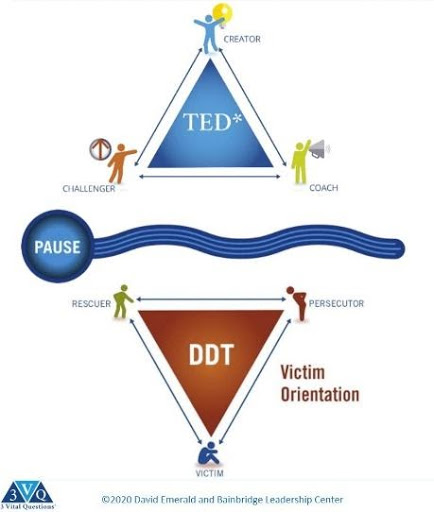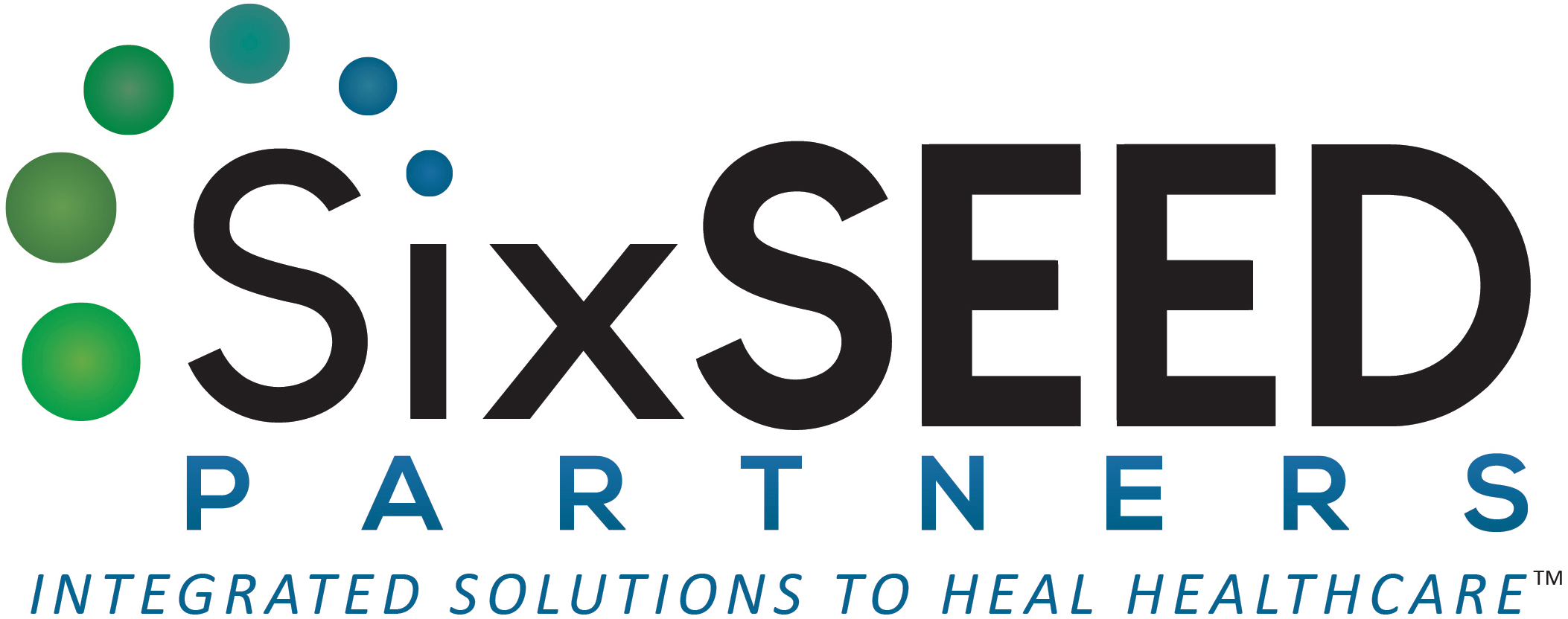
In a recent blog, we highlighted the different stages of change and asked the first of 3 Vital Questions™ (3VQ) to help navigate the drama we can often feel within any Change Process: “Where are you putting your focus?”
Through working with clients, and in self-reflection, it’s always enlightening to notice how the answer to that first vital question drives our internal emotions, which leads to the type of actions we take next. A great example of this came from a recent conversation with a client, who was just starting out in a new role within his system. He shared he was feeling overwhelmed and didn’t feel in the driver’s seat. His strategy to gain control was to focus on de-prioritizing certain initiatives, but he was not feeling good about sharing that with his CEO. Through our conversation, we explored shifting his mindset to focusing on what he IS prioritizing during this timeframe. He instantly noticed his self-criticism decreasing and his energy enthusiasm for the meeting with his CEO increasing. He was amazed at the difference.
The Difference
When you are inside a Change Process – whether it’s something big or small – have you ever noticed how you are feeling or acting in specific moments? Have you heard yourself think things like, “they didn’t even talk to me and just decided” or “these meetings just keep showing up, so I don’t have time for self-care”, etc.?
Have you had other times where you said things like, “it’s not ideal, but how can we all pull together to make this work?” or “the weather turned out different than I planned, so I’ll adjust to still get a workout in”, etc.?
Do you notice the different tone of who is in the driver’s seat in these examples? Taking notice of the tone and/or word choice is an important clue and vital skill to develop.
“The way of seeing yourself and your life experience determines how you relate to the world around you. Your orientation defines your reality.” – David Emerald
The Second Vital Question
So, how can you develop this skill? By pausing to ask “How am I relating to myself/to the experience/to others?”
Try asking yourself the above question in your next opportunity and take notice of what you find. If you notice yourself more like a passenger – without the hope or belief you can do something in that situation – that’s an indicator you are relating from the “Dreaded Drama Triangle” (DDT), originating from work by Dr. Stephen Karpman. Inside this dynamic – both with ourselves and with others – we reliably take on certain roles, all of which create a cycle of toxic cycle in the experience.

Alternatively, if you notice yourself more like a driver – with belief you have some options for how you will get to the destination – then, you are relating from “The Empowerment Dynamic*” (TED*), developed by David Emerald. Operating from this dynamic, we again reliably take on certain roles, as shown in the diagram. However, unlike with the DDT roles, coming from the TED*. These roles, puts us in the driver’s seat to create action steps towards the long-term result(s) we want to achieve.
How to Shift Gears
By knowing about these different dynamics, we now can choose. For our client mentioned in the earlier example, he began by taking his foot off the gas pedal long enough for us to look at the 1st and 2nd Vital Questions. Once he saw where he was putting his focus (1st Vital Question), he was able to see from the 2nd Vital Question that he was still operating as a “passenger” in the situation. Once he put himself in the driver’s seat internally, he was able to approach his conversation with his CEO more effectively and confidently.
To effectively lead ourselves and our teams through any change, asking this 2nd Vital Question is another key step to shift gears into the driver’s seat to get to the ultimate destination.
At SixSEED Partners, we work with our clients to navigate their current and future situations using each of the 3 Vital Questions™, which, when used collectively, improves the well-being of individuals, teams and the overall dynamics within a company’s culture.


Leave a Reply